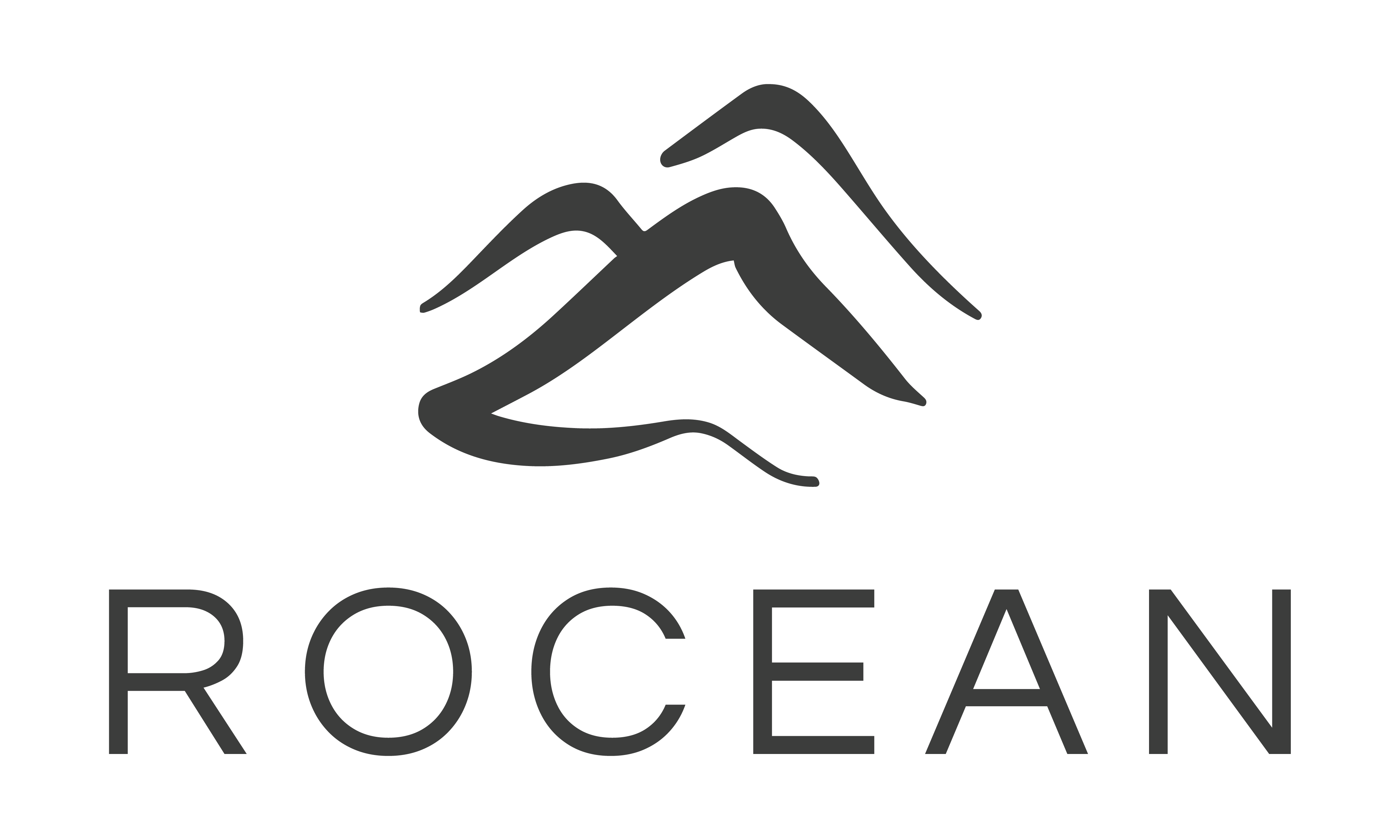Cold baths for recovery and sport: a tool that has become essential
Cold baths for recovery and sports have become an essential part of the routines of athletes, both amateur and professional. Used after exercise, they accelerate tissue regeneration, reduce pain, and improve long-term performance. This thermal shock triggers beneficial physiological reactions: vasoconstriction, drainage of toxins, and reduction of inflammation.
This type of protocol is part of a comprehensive approach to body care. Immersing your legs, or even your entire body, in water between 8 and 15°C provides your muscles with a powerful recovery signal. Following on from a cold bath , you activate a natural, immediate, and profound response.
The effect is even more pronounced when it's incorporated regularly. A well-thought-out routine, with the right equipment, can quickly transform cold baths for recovery and exercise into a pillar of muscular and mental well-being.
Cold bath for recovery and sport: accelerated muscular response
When it comes to cold baths for muscle recovery , the goal is simple: to limit microtraumas related to exercise and promote a return to balance. After an intense workout, the muscles are loaded with metabolic waste. Cold water then acts as a natural vasoconstrictor, promoting venous return and reducing inflammation.
This method is now favored by many athletes across all disciplines. It's used in bodybuilding, running, team sports, and cross-training. The post-workout cold bath alternative offers a simple and accessible implementation: a bathtub or a suitable tub, a few minutes of immersion, and effects felt from the very first sessions.
Furthermore, cold also has a mental effect. It stimulates concentration, strengthens resilience, and allows for emotional release after exercise. The link between physical performance and nervous recovery is well established.
How effective is recovery over time?
A common question is how long does a cold bath recovery take ? The immediate benefits are evident within hours of the session, with a noticeable reduction in muscle pain and a feeling of lighter legs. In the long term, regular use of cold contributes to better physical readiness and reduced exposure to injury.
The key is to adapt the protocol to your level. Beginners can start with 5 minutes at 15°C, while experienced practitioners can tolerate longer durations or lower temperatures. It's not about seeking performance through discomfort, but about finding a personalized balance.
Cold weather must also be accompanied by a healthy lifestyle: hydration, sleep, and nutrition. Cold baths for recovery and exercise then become complementary levers, serving the entire regeneration process.
Cold or heat bath: how to choose?
Some people wonder whether it's better to use cold or heat. In reality, both are useful, but at different times. Cold is recommended immediately after exercise, while heat is better during muscle relaxation or relaxation.
A hot bath for muscle soreness remains relevant in the days following a demanding workout to release lingering tension. Heat promotes tissue elasticity, relaxes muscles, and relieves general pain.
But it's in the hours following exercise that cold baths for recovery and sports really shine. The synergy between the two techniques can even be exploited through contrasting protocols.
Cold baths for recovery and sport: what are the overall benefits?
Beyond muscle regeneration alone, cold baths for recovery and exercise are part of a more comprehensive approach to body and mind care. They improve sleep quality, soothe the nervous system, and allow for a faster return to physiological balance.
It's also a powerful tool against mental overload. The cold forces you to refocus, breathe slowly, and regain control in the midst of discomfort. This adaptation develops a form of discipline and inner calm, very useful in performance or stress management.
As explained in the cold bath and its benefits file, voluntary exposure to cold activates natural self-defense mechanisms. It stimulates the metabolism, strengthens the immune system and offers lasting energizing effects.
Cold bath for recovery: an accessible practice
One of the great things about cold bathing for recovery is its simplicity. Unlike other expensive or complex recovery techniques, it requires little equipment. A bathtub, a basin, ice, or a specialized tub, and you're good to go.
Regularity trumps intensity. It's better to practice several times a week at moderate temperatures than to seek out one-off extreme immersions. This consistency allows the body to adapt, and the beneficial effects to take root over the long term.
Today, connected devices allow you to track your workouts, program your temperature, and measure your progress. Cold weather is becoming a health partner, just like training, nutrition, and active recovery.
Still have questions ? Let us know, we will be happy to help you.
Contact
